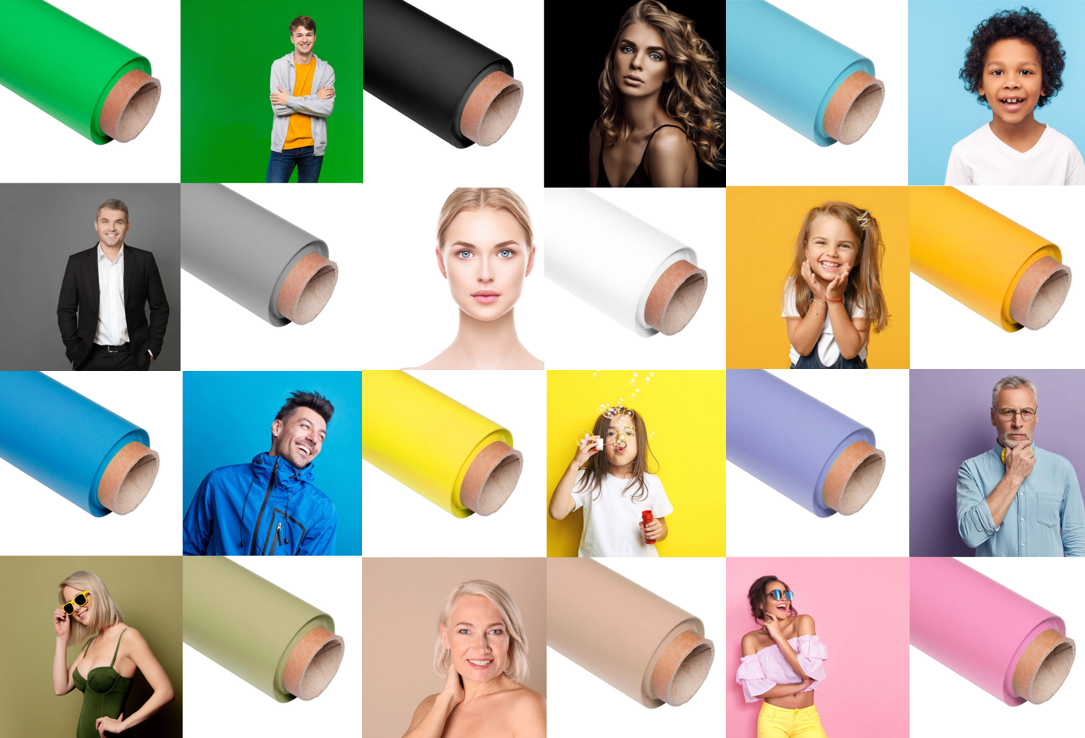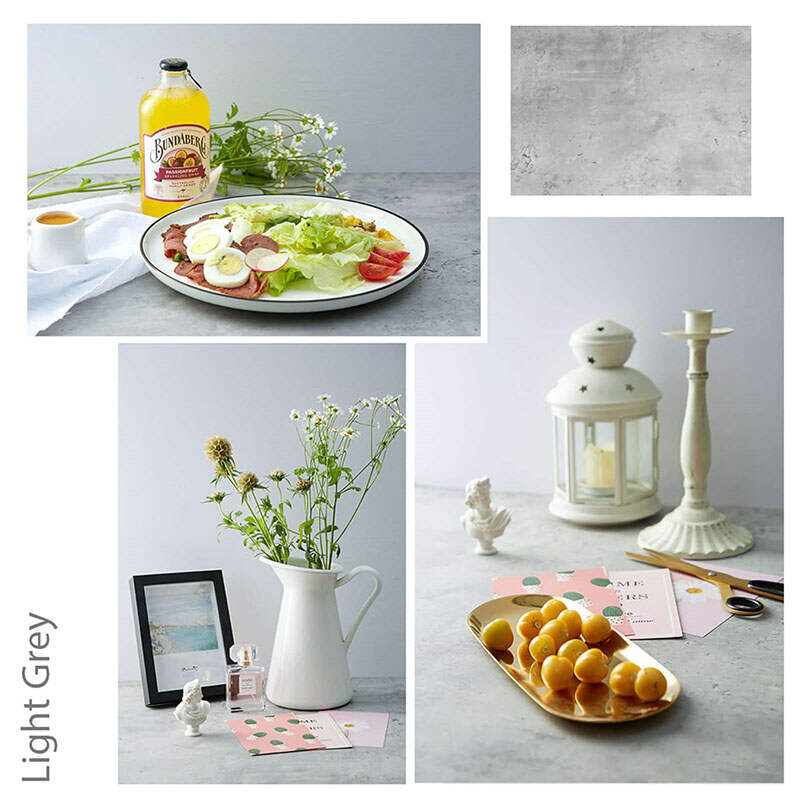Email cannot be empty
Password cannot be empty
Email format error
Email cannot be empty
Email already exists
6-20 characters(letters plus numbers only)
The password is inconsistent
Email format error
Email cannot be empty
Email does not exist
6-20 characters(letters plus numbers only)
The password is inconsistent


Your lighting is perfect, your subject is ready, and your camera is dialed in. But something still feels off in the frame—and often, the culprit is hiding in plain sight: your photography background.
Choosing the right indoor studio photography background is more than just picking a color or pattern. It's about aligning the background with your subject, lighting, brand style, and even post-production workflow. Whether you're shooting portraits, products, or creative compositions, your backdrop plays a critical role in the quality and professionalism of your results.
Let’s break down how to choose a studio background that actually enhances your photography rather than distracts from it.
Before anything else, ask yourself: what are you shooting?
Portrait Photography: Go for seamless backgrounds that help isolate the subject. Solid colors (like white, gray, or black) are timeless. Textured fabric or muslin adds depth for editorial-style shoots.
Product Photography: For e-commerce, a clean white or light gray vinyl backdrop helps products pop and meets platform guidelines (like Amazon or Shopify).
Creative or Thematic Shoots: Printed or custom-designed backdrops can set a mood—ideal for birthday portraits, holiday shoots, or fashion lookbooks.
The clearer your purpose, the easier it is to narrow your backdrop choices.

Different materials serve different functions. Here's a quick comparison of popular indoor photo backdrop materials:
| Material | Pros | Best For |
| Muslin (Cotton Fabric) | Lightweight, easy to fold, textured for portraits | Classic portrait sessions, vintage or painterly looks |
| Vinyl | Durable, easy to clean, waterproof | Product photography, flat lays, pet shoots |
| Seamless Paper | Smooth, wrinkle-free, disposable sections | High-key portraits, commercial shoots |
| Polyester Fabric | Wrinkle-resistant, reusable, bright colors | Events, DIY studios, content creators |
Pro Tip: For limited space or budget, consider a reversible or dual-color backdrop to increase flexibility.
The color of your background directly affects the mood of the image and how light behaves in your studio.
White Background: Clean, modern, high-key look. Reflects a lot of light—good for product or fashion.
Black Background: Creates contrast, drama, or isolation. Absorbs light—ideal for moody portraits or artistic work.
Gray or Neutral Tones: Safe and versatile. Great for headshots, catalog photos, or color grading flexibility.
Bold Colors (blue, pink, yellow, etc.): Adds vibrancy but needs careful coordination with wardrobe and lighting.
Always test how your lights interact with your background—some materials reflect more light than others, affecting exposure and shadows.
A beautiful background is useless if it’s hard to work with. Consider the following:
Do you have a proper stand system? Some backdrops require clips, crossbars, or roller systems.
How much space is available in your studio? Paper rolls and vinyl require more floor and ceiling clearance.
Do you need portability? Collapsible backgrounds or foldable fabric options are ideal for mobile photographers.
How often will you change the background? If frequent changes are needed, quick-swap backdrops with Velcro or magnetic mounts save time.
Tip: Keep a steamer nearby to eliminate wrinkles in fabric backdrops before each shoot.
Good studio gear should last—and that includes your backgrounds. Here's how to care for different types:
Fabric: Fold loosely, store dry, and iron or steam when needed. Avoid direct sunlight when not in use.
Paper: Cut off dirty sections after shoots. Store upright in a dry tube.
Vinyl: Wipe clean after each session with a damp cloth. Avoid folding—roll instead.
A clean background not only looks better on camera but also reduces retouching time in post-production.
Feeling stuck? Here are a few indoor studio background ideas that can inspire your next shoot:
Textured walls: Use wood panels, brick wallpaper, or faux concrete for editorial vibes
Curtains or drapes: Simple fabric folds add elegance to portraits
DIY painted boards: For food photography or flat lays, painted wooden boards create rustic or stylized settings
Pop-up collapsible backgrounds: Two colors in one, easy to switch between looks
Digital green screen: Not a traditional choice, but useful for content creators or remote headshots
In the end, your indoor studio photography background should support, not steal, the spotlight. It’s not just a backdrop—it’s a storytelling tool. By choosing the right material, color, and setup, you can significantly improve the quality of your work and build a more professional, efficient studio environment.
Whether you’re a beginner working out of a spare bedroom or a professional outfitting a full-scale studio, investing thought into your background setup pays off in sharper, cleaner, and more powerful images.